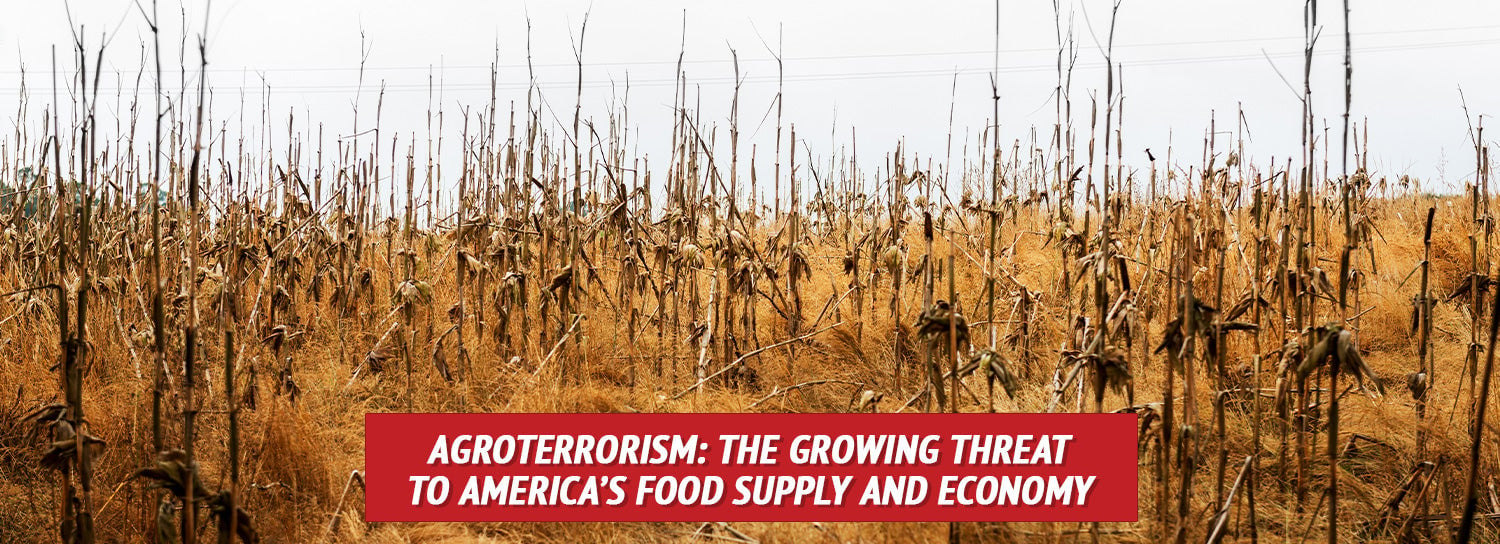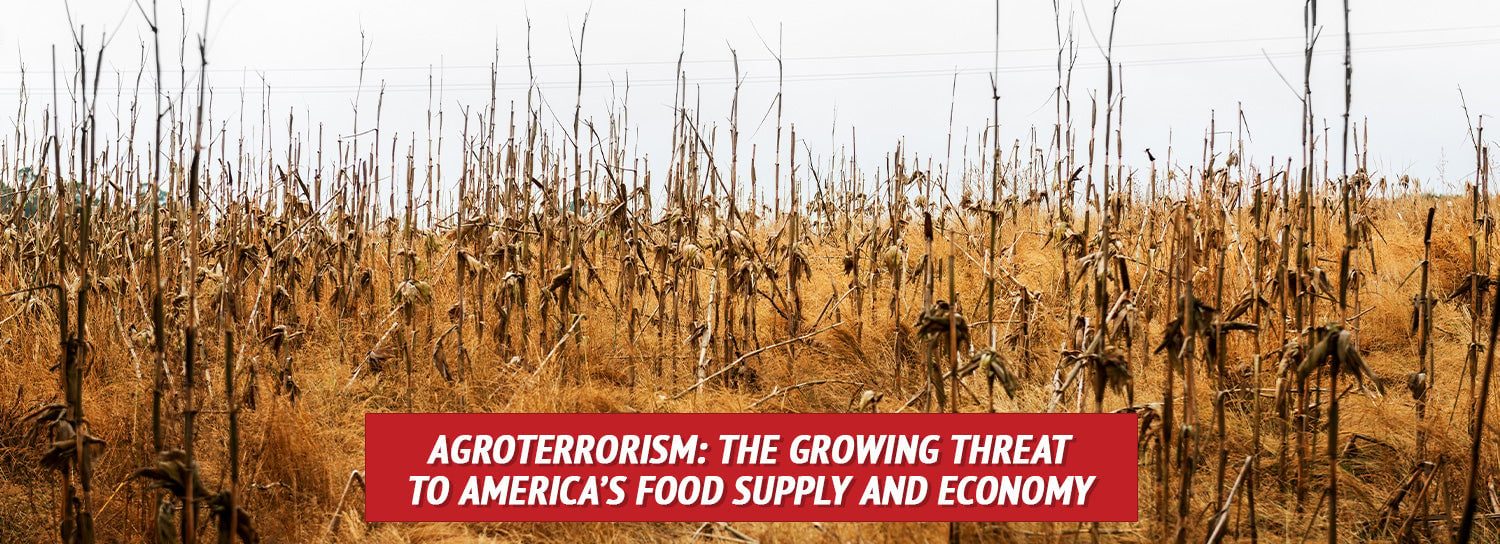
Most of us think of war in terms of missiles, tanks, or cyberattacks.
But what if the next attack fits in your pocket – and lands in the middle of America’s farmland?
Early June, federal officials announced the arrest of 2 Chinese nationals for smuggling a toxic fungus into the US.
This wasn’t just any fungus.
It’s called Fusarium graminearum, a pathogen known to cause “head blight” in wheat, rice, corn, and barley.
According to the Department of Justice, it’s already responsible for billions in crop losses worldwide and produces toxins that damage the liver, trigger vomiting, and cause reproductive harm in both humans and livestock.
More disturbing…
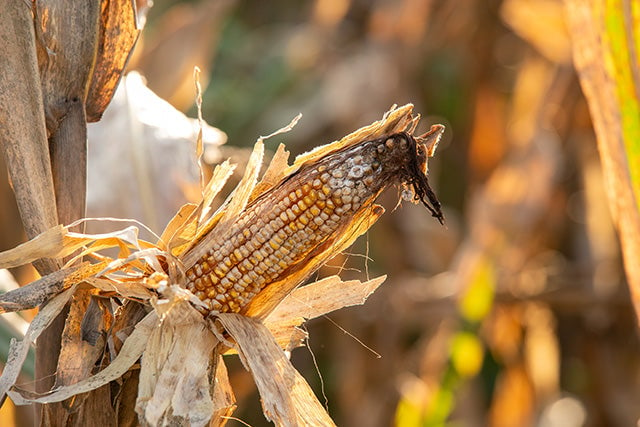
Just days after those charges went public, a third Chinese national was arrested at the Detroit airport.
According to the FBI, she had already mailed roundworm biological materials to a university lab, wiped her phone clean, and lied to federal agents upon arrival.
Three arrests all linked to China.
All linked to the lab at the University of Michigan.
All involving biological materials capable of disrupting America’s food supply.
And here’s the part that should keep every American up at night: If federal agents barely caught these tiny little packets – what else is slipping through?
Remember, TSA has failed to detect weapons in up to 90% of internal tests. That’s with metal objects.
What about a plastic vial of spores? A sample the size of a sugar cube?
It wouldn’t take much.
A single breach could spiral into a nationwide crisis – one that hits not just our economy, but also our dinner tables.
This isn’t about fear. It’s about foresight. It’s about knowing what’s going on so you’re not caught flat-footed.
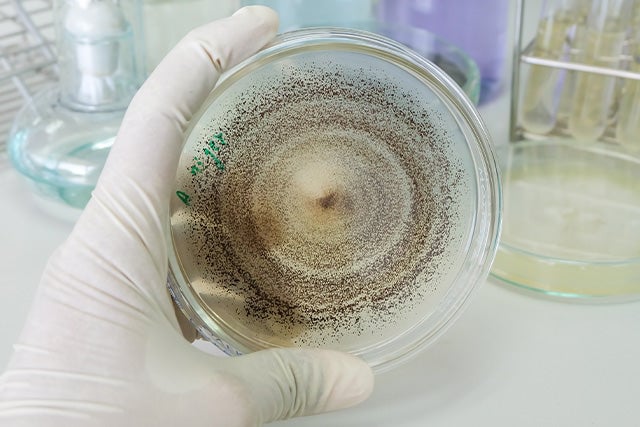
Because once the crops fail, the chaos starts.
Keep reading to learn what agroterrorism is, why these arrests are a massive red flag, what it means for our food supply and economy, and how to prepare.
What Is Agroterrorism?
You’ve probably heard of bioterrorism: The use of viruses, bacteria, or toxins to harm or kill.
Agroterrorism is a specific and chilling branch of that.
Instead of targeting people, it targets the systems that keep us alive…food, farms, and livestock.
It doesn’t take a dirty bomb or drone strike to cause national chaos.
Sometimes, it just takes a spore.
Agroterrorism uses biological agents – fungus, pests, viruses, even invasive species – to intentionally infect crops and animals.
These pathogens are often tiny, nearly invisible, and highly contagious.
One infected shipment of grain. One diseased cow. One airborne fungus.
That’s all it takes.
And unlike conventional terror attacks, these threats don’t make a loud bang.

They spread silently.
And these agents don’t require a lab full of scientists to weaponize.
Many of them already exist in nature.
Which is what makes them so dangerous.
A small sample carried in a mail envelope, a sock, or a backpack could be enough to unleash a slow-moving disaster that takes weeks or even months to detect.
And by then, the damage is done.
What Just Happened – And Why It’s a Red Flag
On June 3, the DOJ announced “Yunqing Jian, 33, and Zunyong Liu, 34, citizens of the People’s Republic of China, were charged in a criminal complaint with conspiracy, smuggling goods into the United States, false statements, and visa fraud.”
They were arrested for allegedly smuggling a toxic crop-killing pathogen Fusarium graminearum, which is known to cause “head blight” in wheat, rice, corn, and barley.
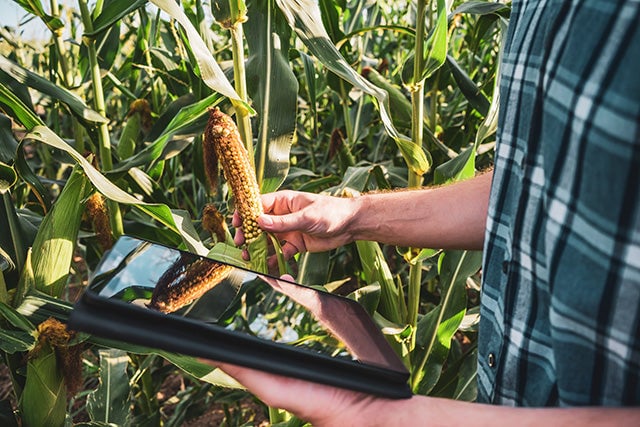
According to US officials, Jian received Chinese government funding for her work on this pathogen in China.
It goes on to allege that “Jian’s electronics contain information describing her membership in and loyalty to the Chinese Communist Party. It is further alleged that Jian’s boyfriend, Liu, works at a Chinese university where he conducts research on the same pathogen and that he first lied but then admitted to smuggling Fusarium graminearum into America – through the Detroit Metropolitan Airport – so that he could conduct research on it at the laboratory at the University of Michigan where his girlfriend, Jian, worked.”

Fox News published the WeChat conversation between the two, which is in the affidavit. Here it is:
Liu: "Teacher Liang’s seeds must be placed well."
Jian: "Where to put it? I only have one pair of shoes. The insole cannot be pulled off."
Liu: "Did you bring just one pair of shoes?"
Jian: "3 pair, wear one pair."
Liu: "Where did the seeds get put? In the tube?"
Jian: "I put them in my Martin boots… in a small bag. The ziplock bag. Very small."
Liu: "That’s good…Just put it in your shoes."
Jian: "I stuffed them in the shoes."
According to the affidavit, “Jian has been attempting to smuggle the pathogen into the U.S. since she began post-doctoral studies funded by China in 2022, also accuses Jian of asking a third party to send her Fusarium graminearum in January 2024.”
This third party hid the samples in a textbook.
Thankfully, the package was intercepted before it made it to Jian.
Then, on June 8, just days after the public learned about the above arrests, another case hit the headlines.
A PhD student from Wuhan, Chengxuan Han, arrived at the same airport and was arrested.
Here’s what happened according to FBI Director Kash Patel’s statement:
“This individual is Chengxuan Han, a citizen of the People’s Republic of China and a Ph.D. student in Wuhan, China. Han is the third PRC connected individual charged on similar allegations in recent days.
Han is alleged to have sent four packages to the U.S. from China containing a biological material related to round worms – addressed to individuals associated with a lab at the University of Michigan.
Upon arriving at the Detroit Metropolitan Airport on June 8, Han allegedly made false statements to federal officials regarding the packages she had previously mailed – and had erased her electronic device just days prior.
In a follow up interview with FBI and ICE HSI agents, Han admitted to sending the packages and lying about their contents.”
Why This Threat Is So Dangerous
These weren’t vials of poison gas or nuclear blueprints.
They were tiny ziplock bags hidden in boots. Spores tucked inside textbooks.
That’s what makes this threat so dangerous.
Agroterrorism doesn’t require an army or a cyberstrike.
It doesn’t demand missiles or coordinated bombings.
It only takes a small, nearly invisible agent – like a fungal spore or parasitic worm – and a plane ticket.
In the case of Fusarium graminearum, the fungus at the heart of the June 3 arrests, the damage could be catastrophic.
Once introduced into the environment, it’s nearly impossible to contain.
It spreads silently through wind, soil, tools, and even clothing.
It wipes out entire fields of wheat, barley, corn, and rice.
The resulting disease – head blight – not only destroys crops, but also contaminates them with toxins harmful to humans and animals.
This isn’t just an agricultural nuisance.
This is economic warfare.

A single act of agroterrorism could:
- Destroy a harvest season
- Contaminate animal feed and food products
- Halt exports and devastate trade partnerships
- Trigger panic-buying and inflation
And unlike a one-time bombing, the effects of a biological attack on crops or livestock can last for years.
What This Means for Our Food Security
Our food system isn’t built for resilience. It’s built for speed, profit, and efficiency.
We rely on massive, centralized farms, just-in-time transportation, and global supply chains that are already under stress.
It only takes one disruption – a foreign blight, a tainted grain shipment, a targeted pathogen – to break that system down.
One missed pathogen could trigger a chain reaction that starts on the farm and ends in chaos at the checkout line.
We’ve seen what panic looks like.
Remember the empty shelves in 2020? Eggs, flour, canned food, toilet paper?

That was caused by fear, not sabotage.
Now imagine if the food really wasn’t there.
This is why food security has to start at home.
You can’t stop every threat from crossing a border, but you can protect your household from being caught off guard.
Because food independence isn’t some fringe prepper concept anymore.
It’s a smart, strategic move, especially when foreign actors are clearly testing our system’s weaknesses.
How to Prepare Now
You can’t stop every threat from entering the country.
But you can stop it from reaching your dinner table.
When it comes to biological threats, food is the first line of vulnerability – and the last thing you want to scramble for when it’s already too late.
You don’t want to be stuck in long grocery lines.
You don’t want to depend on an overwhelmed system.
And you definitely don’t want your family wondering where their next meal is coming from.
That’s why smart households are turning to long-term food solutions – specifically, the 3-Month Emergency Food Supply from My Patriot Supply.
Here’s what makes this kit a no-brainer:
- 2,000+ calories per day – designed to keep adults fueled, not just surviving
- 25-year shelf life – worry less about rotation and replacement
- Packed in rugged, water-resistant buckets – easy to store, easy to grab and go
- Breakfasts, lunches, dinners, and more – packed with 22 tasty food and drinks
- No refrigeration required – heat and eat with minimal gear
- Made in the USA from domestic and/or imported ingredients
This kit provides enough food to sustain one person for 90 days – or a family of 3 for a month. That’s critical breathing room during a crisis.
Remember, friends. Preparedness isn’t panic. It’s peace of mind.
In liberty,
Grant Miller
Preparedness Advisor, My Patriot Supply


